The base of this beautiful clock takes on forms inspired by altars in Greek temples. The pure forms of the Carrara marble are highlighted by fixed oil-painted decorations that enhance the whole. The center is formed of a chiseled bronze frame enclosing a marble dial painted in Pompeian red supporting Roman numerals, also in bronze (missing).
The main figure of this clock is a large bronze statue representing Artemis, goddess of the hunt (Diana for the Romans). This main figure is complemented on the side terraces by two winged sphinxes and vases, all in bronze. Finally, the perimeter of the base is decorated with four bas-reliefs of the same metal depicting scenes with Centaurs, who appear to be abducting women, young men training horses, horsemen, etc. The motifs of these bas-reliefs are largely inspired by the friezes of the Parthenon in Athens, exhibited since the 19th century at the British Museum in London.
The figure of Artemis is inspired by the famous sculpture of Diana of Versailles, also known as "Diana the Huntress," a Roman copy from the Imperial period (2nd century) of a Greek bronze original from the 4th century BC, generally attributed to the Athenian sculptor Leochares. It depicts the goddess Artemis walking, her hand resting on the antlers of a small stag. The creation of this work in the 19th century is attributable to a great and enlightened lover of Greek art, such as Prince Napoleon in his Pompeian house on Avenue Montaigne in Paris, or Théodore Reinach in his town of Kerylos in Beaulieu-sur-Mer.
Dimensions:
Height: 70 cm
Width: 67 cm
Depth: 22 cm
Weight: 48 kg
Transportation required.





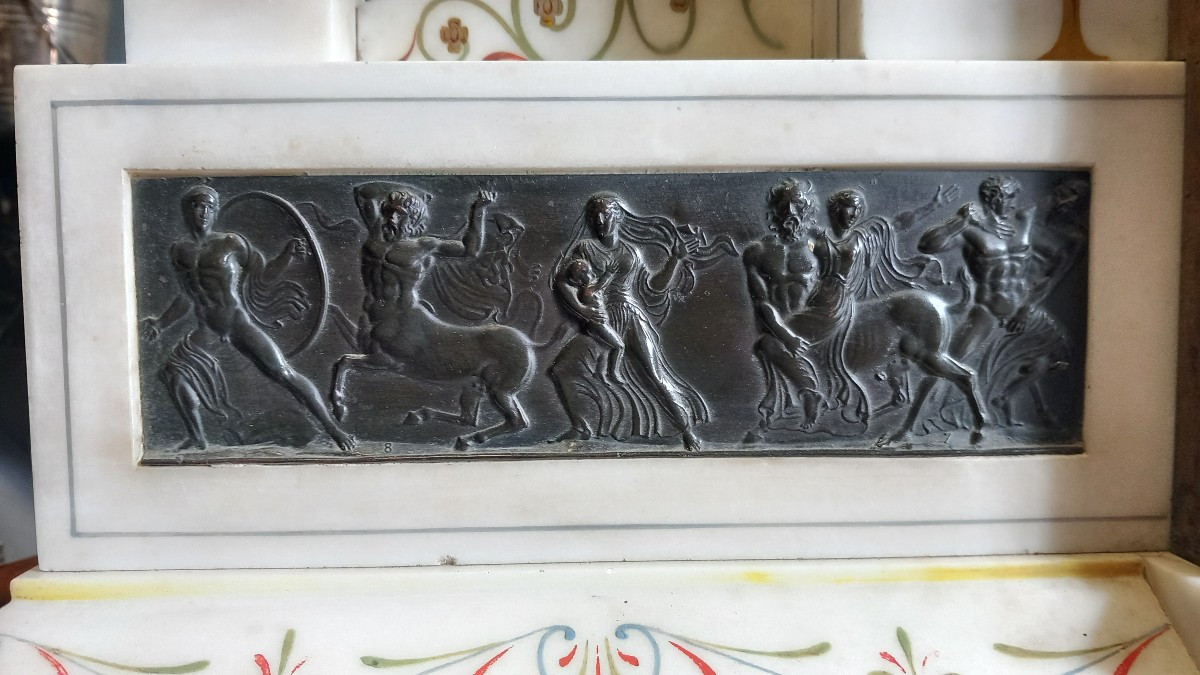























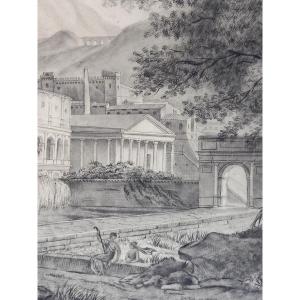












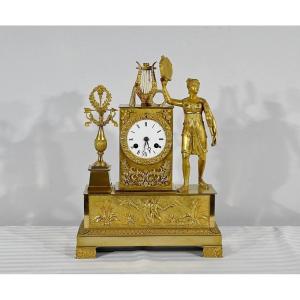


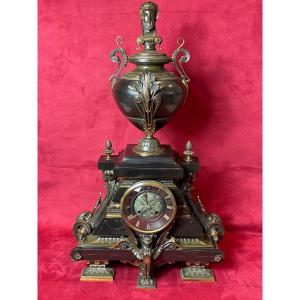
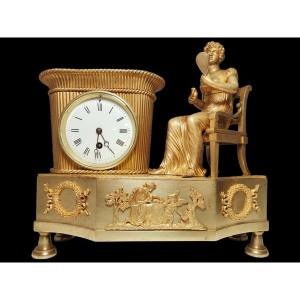



 Le Magazine de PROANTIC
Le Magazine de PROANTIC TRÉSORS Magazine
TRÉSORS Magazine Rivista Artiquariato
Rivista Artiquariato